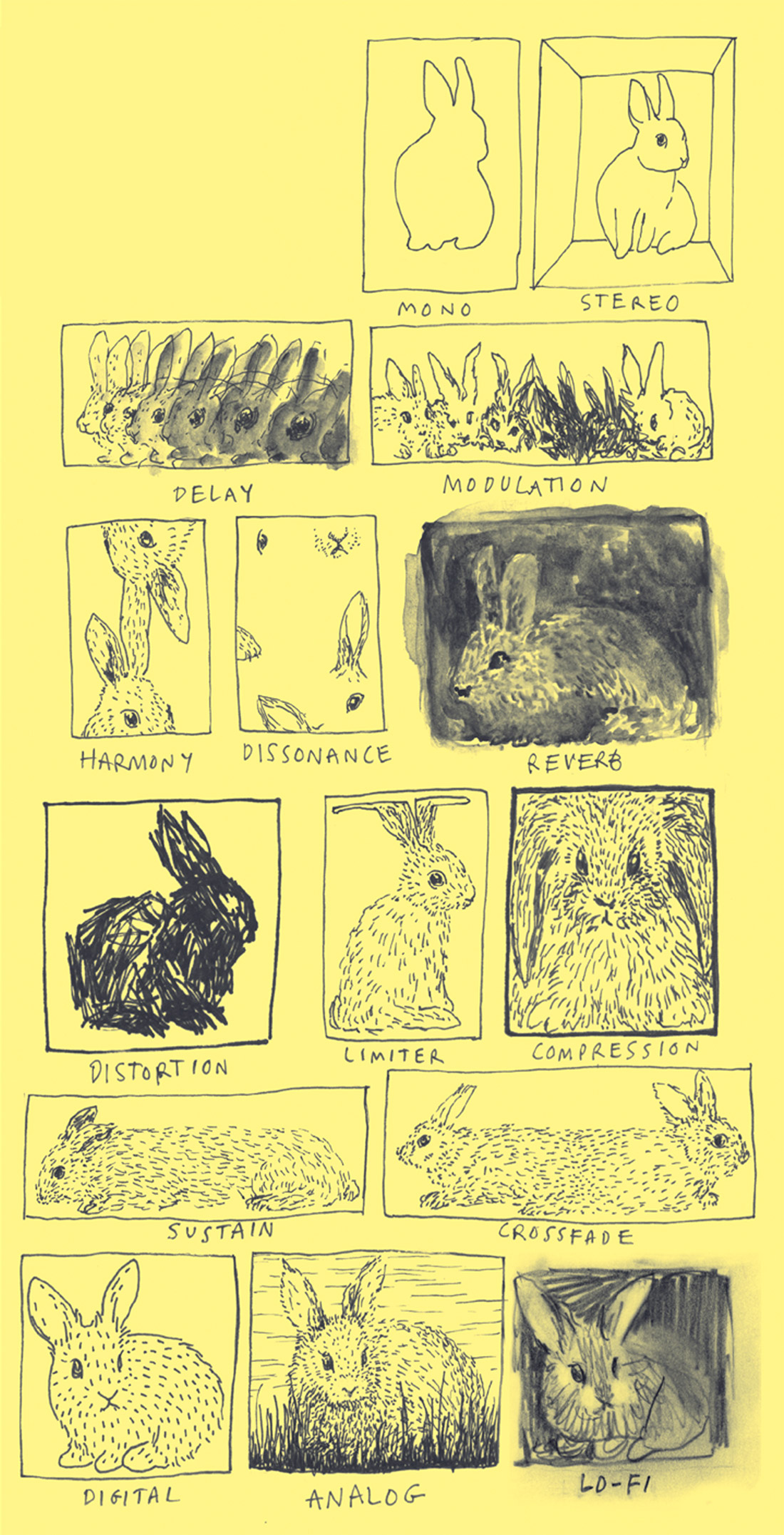Softube is a Swedish company that develops pro audio hardware and software, with plug-in titles that include official emulations of gear from Abbey Road Studios, Tube-Tech, Trident, and more. Interestingly, Tonelux Tilt was originally created in collaboration with Tonelux's designer Paul Wolff as a plug-in, but has since been made into a hardware unit.
Tilt is very simple in idea, but super useful in application. To oversimplify, Tilt acts like a frequency seesaw. Roll the main control to the right, and you get more highs and less lows; roll the other direction, and lows are boosted while highs are attenuated. While you could theoretically do the same thing with any EQ, the ability to continually, and immediately alter several bands makes Tilt uniquely useful.
Additional features include a loudness control that alters the seesaw curve to a smiley face response; high and low-pass filters for chopping off the ends of the spectrum; and modeled output transformer distortion for emulating real-world Tonelux hardware.
Bundled with Tilt is a second plug-in called Tilt Live, optimized for Avid VENUE. Live/stage systems can be increasingly useful in the recording studio. For example, we're seeing more touring bands who eschew our house headphone system for their custom in-ear monitors. The Live version can apply the Tilt circuit for in-ear or wedge monitors. This has the effect of increasing intelligibility or low-end feel without resorting to an overall loudness increase.
In use, Tilt can help you get sounds so fast you'll feel like you're cheating. I found it to be light on CPU demand, so applying multiple instances was not a concern. If the midrange is where you want it, Tilt can be a lifesaver, especially on guitars and vocals. I suspect backing vocals and rhythm guitars will have Tilt in the path for anyone who demos this plug. Beyond individual instruments, a good use of Tilt is across all of your bus elements (e.g., drums, guitars, backing vocals). Being able to tweak each stem from an EQ standpoint allowed me to use fewer compressors to achieve smoothness across the song. Admittedly, I don't often use plug-ins for mastering, but on a recent project, the client asked for more "warmth". I knew from my monitoring perspective that the issue was not lack of warmth. Rather, it was the overabundance of highs. Using a 0.5 dB setting on Tilt to boost bass and cut highs produced a noticeable change in the mix, which translated to what the client wanted in the final master. The client was happy, and I did not need to resort to artificially "warming" the mixes.
My only complaint about Tilt is minor. When you turn the knob counterclockwise, the displayed value ranges from 0 to 6. But that's also the same for clockwise. I would like counterclockwise to be a negative value and clockwise to remain positive. That way, I would always know which direction I set the knob when I write down settings. (I doubt this will bother many users.)
Tonelux Tilt is a simple but elegant solution in an era where over-processing is often the norm. The loudness and filter features give it a Swiss-army knife utility, and it's clean enough to use on stems or even in mastering. At first, this plug-in might appear to be an unassuming EQ, but after using it for a few weeks, you won't want to be without it. ($99 direct; www.softube.se)
-Garrett Haines, www.treelady.com




_disp_horizontal_bw.jpg)